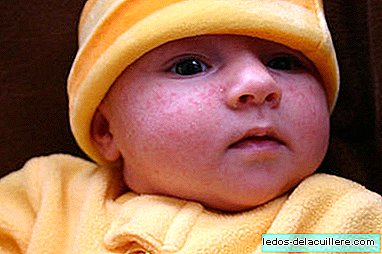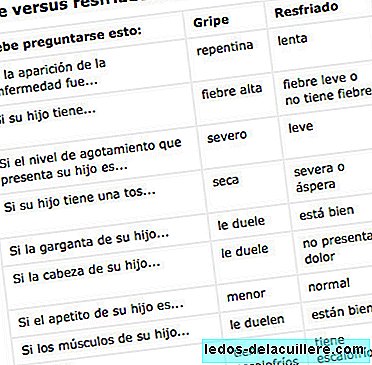
Lead is a toxic metal naturally present in the earth's crust. Its widespread use in many parts of the world has resulted in significant environmental pollution, a considerable level of human exposure and serious public health problems. Among the main sources of environmental pollution are mining, metallurgy, manufacturing and recycling activities and, in some countries, the persistent use of lead paints and gasolines.
This metal is also used in many other products, such as pigments, paints, welding material, stained glass, glassware, ammunition, ceramic enamels, jewelry items and toys, as well as some cosmetic products and traditional medicines. It can also contain lead drinking water channeled through lead pipes or with solder based on this metal. At present, much of the lead marketed in world markets is obtained through recycling.
I tell you this because two days ago the International Week of Lead Poisoning Prevention, organized by the World Health Organization (WHO), ended with the slogan "Lead-free Children"
Young children are especially vulnerable to the toxic effects of lead, which can have serious and permanent consequences on your health, particularly affecting the development of the brain and nervous system. Lead also causes lasting damage in adults, for example increasing the risk of high blood pressure and kidney damage. In pregnant women, exposure to high concentrations of lead can cause natural abortion, fetal death, premature birth and low birth weight, and cause mild malformations in the fetus.
How can lead affect children's development?
This heavy metal reaches children's bodies when these suck or swallow objects that contain lead (or are coated with it), such as wall paint flakes, toys, etc. Also when breathing contaminated air in countries where leaded gasoline is still allowed.
Water channeled through lead pipes or food packaged in containers with lead enamel or welded with this metal, are also polluting sources
Once inside the body, lead is distributed until it reaches the brain, liver, kidneys and bones, and is deposited in teeth and bones, where it accumulates over time. Lead stored in bones can circulate again in the blood during pregnancy, with the consequent risk to the fetus. Lead exposure can also cause anemia, as we had already reported.
Children with malnutrition are more vulnerable to lead because their organisms tend to absorb greater amounts of this metal in case of lack of other nutrients, such as calcium.
If the degree of exposure is high, it attacks the brain and the central nervous system, causing coma, seizures and even death. Children who survive severe poisoning can suffer various sequelae, such as mental retardation or behavioral disorders. It has also been proven that at weaker exposure levels without obvious symptoms, previously considered risk-free, lead can cause very different alterations in several systems of the human organism.
Young children (including developing fetuses), and those living in poverty environments, are very vulnerable. This occurs because they can absorb an amount of lead four to five times higher than adults.
There is no blood lead concentration level that may be considered risk free. It has been confirmed, however, that the higher the level of exposure to this metal, the more the diversity and severity of the symptoms and effects associated with it increase.
Although lead poisoning is completely preventable, exposure to this metal is estimated to be responsible for 0.6% of the global disease burden; The burden is greater in developing regions. It is estimated that lead exposure contributes to some 600,000 new annual cases of intellectual disability in children
WHO's response
The OMS has included lead in a list of ten chemicals that cause serious public health problems that require the intervention of Member States to protect the health of workers, children and women of childbearing age. It was about time, because it is not new for lead to be dangerous to health.
A series of guidelines for the prevention and treatment of lead poisoning are now being developed; Its purpose is to provide policy-makers, public health authorities and health professionals with scientific guidance on the measures that can be taken to protect the health of the population, both child and adult, against lead exposure
WHO has joined forces with the United Nations Environment Program in order to create the Global Alliance to Eliminate the Use of Lead in Paint. The purpose of this collaborative initiative is to concentrate and catalyze the efforts made to achieve the international objectives of preventing the exposure of children to lead through paints containing this metal and minimizing the risk of occupational exposure to them. The general objective is to promote the gradual elimination of the manufacture and sale of lead-containing paints and, over time, eliminate the risks associated with them.
As you know, the European Union has banned the presence of dangerous chemicals, which can cause allergies in toys. As a consequence, 19 of the 'heavy' elements (including lead) should be strictly limited; consumers have to verify the identification (through the CE Marking) of these products, to ensure your safety.












